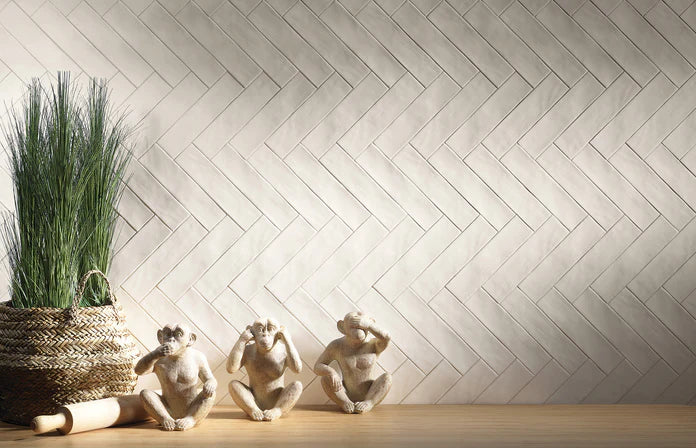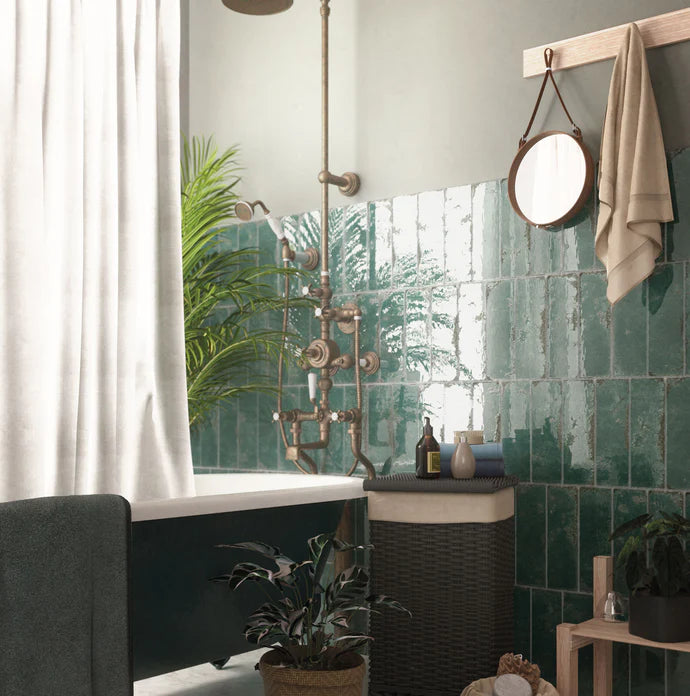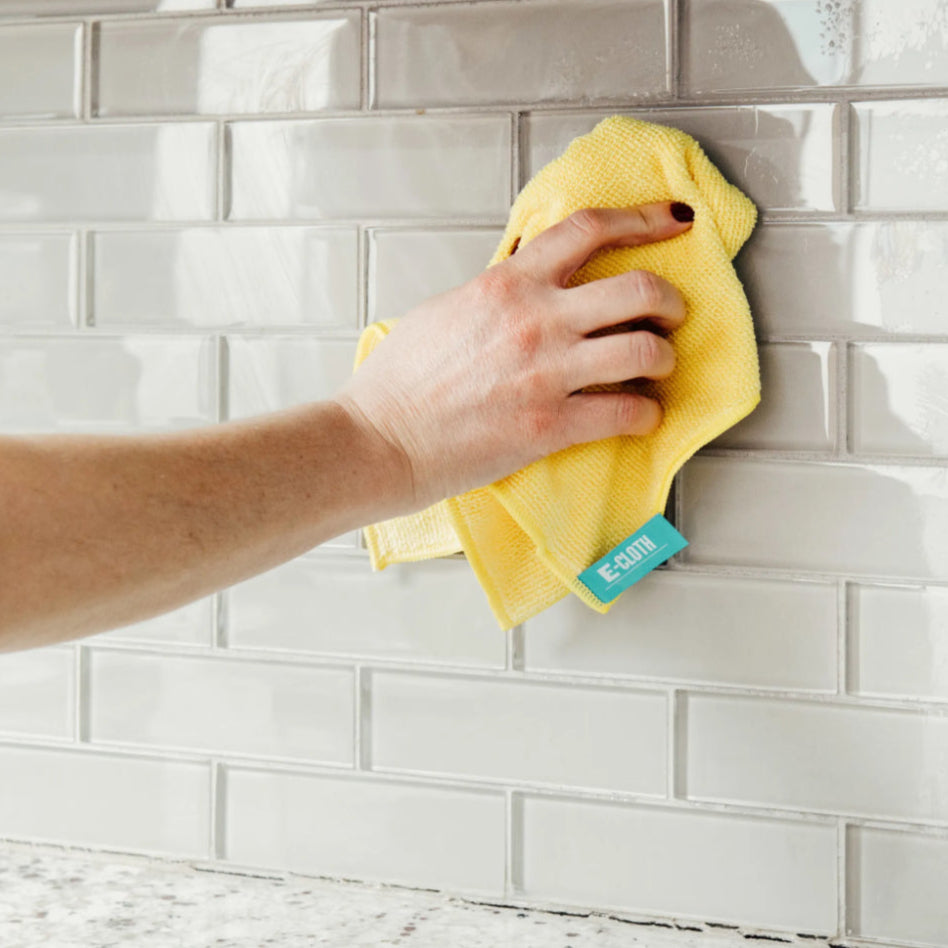Backsplash
Where does Backsplash Originate from?
The concept of a backsplash originated from practical needs in kitchen and bathroom design. Historically, backsplashes were created as a way to protect walls from water, food splatters, and grease, particularly in areas near sinks and stoves. While their initial purpose was purely functional, they evolved over time into a design element, showcasing different materials, patterns, and colors.
Some of the earliest backsplashes can be traced to tiled designs in Mediterranean and Middle Eastern architecture, where decorative tiles were used for both utility and beauty. By the mid-20th century, backsplashes became a standard feature in modern kitchens and bathrooms around the world. Today, they continue to balance both practicality and aesthetic appeal.

Matte
A matte backsplash is a stylish and functional choice for kitchens and bathrooms, offering a sleek and contemporary look that enhances the overall design of your space. Its low maintenance nature means it is less likely to show fingerprints, smudges, and water spots compared to glossy finishes, making it easier to keep clean. Matte backsplashes add texture and depth, creating visual interest without being overly reflective. Available in a variety of materials such as tile, stone, and metal, they are versatile and can match different decor styles. Additionally, matte backsplash materials are often durable and resistant to scratches, stains, and heat, ensuring long-lasting beauty and functionality.

Glossy
A glossy backsplash is a popular choice for kitchens and bathrooms due to its reflective and sleek appearance. The glossy finish provides a shiny surface that can brighten up the space by reflecting light, making the room feel larger and more open. This type of backsplash is available in a variety of materials, including ceramic, glass, and metal, allowing for a wide range of styles and designs. Glossy backsplashes are relatively easy to clean, as the smooth surface allows for effortless wiping of spills and stains. However, they can show fingerprints, smudges, and water spots more easily compared to matte finishes. Despite this, the high-gloss look adds a modern and elegant touch to any room, enhancing the overall aesthetic with its vibrant and polished finish.

Versatility
A backsplash is incredibly versatile, offering a range of options to suit various design styles and functional needs in both kitchens and bathrooms. They come in a wide range of materials, such as tiles (ceramic, porcelain, glass, and stone), metal (stainless steel and copper), natural stone (marble, granite, and travertine), wood, and peel-and-stick options Backsplashes come in numerous colors, patterns, and textures, enabling homeowners to create unique and personalized looks that complement their overall décor. Additionally, backsplashes can serve as a focal point or an accent feature, adding visual interest to the space. Whether you prefer a sleek, modern look or a more traditional, rustic feel, there is a backsplash option that can enhance the aesthetic and functionality of any kitchen or bathroom.

